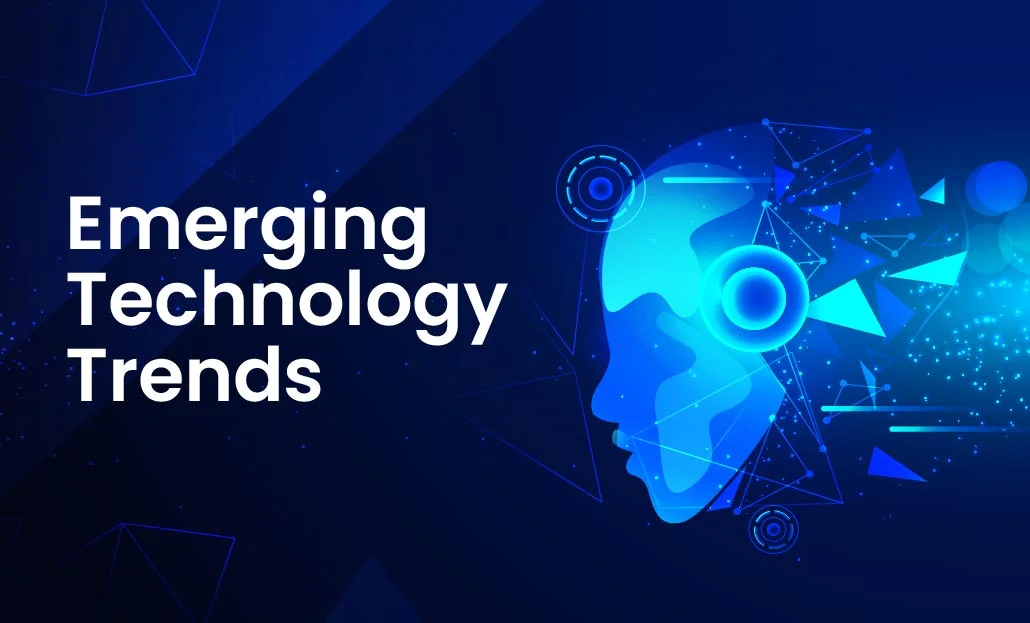As of my last training data up to January 2022, the field of Information Technology (IT) continues to evolve rapidly, driven by technological advancements, innovation, digital transformation, and changing industry landscapes. Here are some of the latest trends and developments in IT:
1. Artificial Intelligence (AI) and Machine Learning (ML):
AI-Driven Solutions: AI and ML technologies are increasingly integrated into various applications, systems, and platforms, enabling automation, intelligent decision-making, predictive analytics, personalized experiences, and enhanced user engagement across diverse industries and sectors.
Deep Learning and Neural Networks: Advanced AI techniques, including deep learning, neural networks, and natural language processing (NLP), are driving innovations in data analysis, pattern recognition, image and speech recognition, autonomous systems, and human-computer interaction.
2. Cloud Computing and Edge Computing:
Hybrid and Multi-Cloud Environments: Organizations are adopting hybrid and multi-cloud strategies, leveraging multiple cloud providers, platforms, and services to optimize performance, scalability, flexibility, and cost-effectiveness of cloud infrastructures and applications.
Edge Computing: Edge computing technologies, such as edge devices, edge servers, and edge computing platforms, are enabling real-time data processing, low-latency applications, distributed computing, and efficient data management and processing at the network edge, supporting IoT, AI, and emerging applications.
3. Internet of Things (IoT) and Connected Devices:
IoT Ecosystem: The proliferation of connected devices, sensors, and smart objects is expanding the IoT ecosystem, enabling interconnected, intelligent, and autonomous systems, environments, and applications in smart cities, healthcare, manufacturing, agriculture, transportation, and consumer electronics.
5G Connectivity: The deployment of 5G networks is enhancing connectivity, speed, bandwidth, and reliability, facilitating the growth and adoption of IoT devices, applications, and services with increased performance, responsiveness, and connectivity capabilities.
4. Cyber security and Data Protection:
Cyber security Measures: The increasing complexity and sophistication of cyber threats and attacks are driving investments in cyber security technologies, solutions, and practices, focusing on threat detection, prevention, mitigation, incident response, and data protection to safeguard organizations, networks, systems, and data assets.
Data Privacy Regulations: Compliance with data privacy regulations, such as GDPR, CCPA, and other regional data protection laws, is shaping data governance, privacy practices, consent management, and data handling practices, emphasizing transparency, accountability, and user rights protection.
5. Augmented Reality (AR) and Virtual Reality (VR):
AR and VR Applications: AR and VR technologies are transforming user experiences, immersive content, interactive simulations, training, education, gaming, entertainment, and enterprise applications, integrating virtual and augmented realities into real-world environments, interactions, and workflows.
6. Quantum Computing and Advanced Technologies:
Quantum Computing: Quantum computing technologies and research are advancing, exploring quantum algorithms, quantum processors, quantum networks, and quantum applications to solve complex problems, optimize computations, and unlock new possibilities in cryptography, optimization, material science, and scientific research.




Either way the teacher or student will get the solution to the problem within 24 hours.